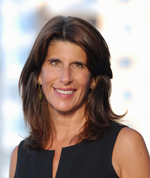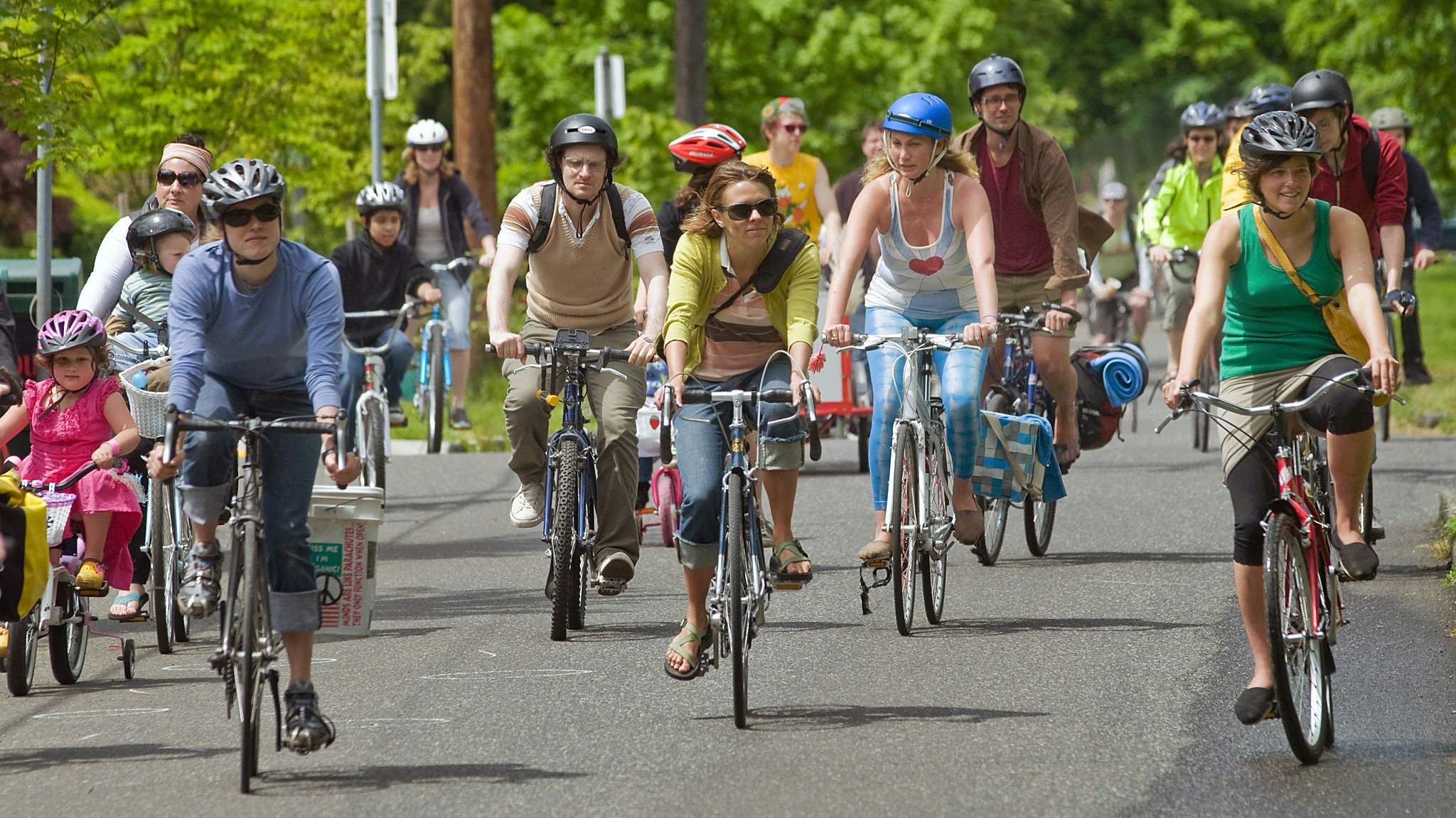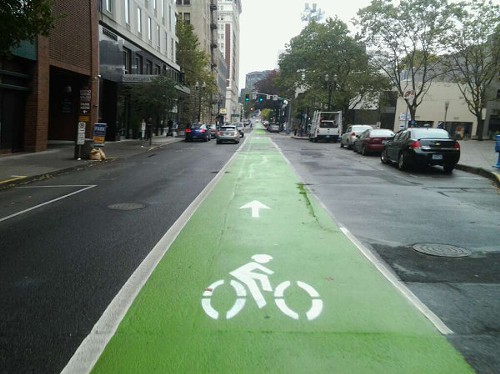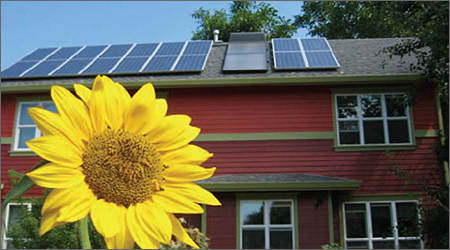There are times in life that in order to talk about the present or the future, you have to talk about the past. In this case, that past was 1993.
1993 was a year of contrasts. On the good side, Yitzhak Rabin and Yasser Arafat signed a peace agreement on the White House lawn; on the bad side the first World Trade Center bombing happened. The treaty that set up the European Union took effect and Bill Clinton signed NAFTA, but Bosnia and Herzegovina broke out into war. NASA launched the space shuttle Endeavor 354 miles into the atmosphere to fix an optical flaw for the Hubble Space telescope, but here back at home the first bag-less vacuum cleaner was considered innovative. Our romantic side was captured in film with the Tom Hanks and Meg Ryan love affair in Sleepless in Seattle, but their squeaky clean romance was balanced by Robert Redford and Demi Moore’s Indecent Proposal. And, if you were listening to the radio – as that is what we listened to then – music of the carefree wanna-be Caribbean reggae group UB40 mixed with the heavy-hearted, rainy day, garage band “grunge music” of Seattle’s Nirvana.
It’s hard to make sense of a year like that.
But that same year something was happening in Portland, Oregon that made complete sense. There, our interviewee for this issue’s blog was helping to create the Global Warming Reduction Strategy along with 11 other international cities. In doing so, they laid the groundwork for all climate action plans to come. We’re pleased to introduce you to the Director of Planning for Portland Oregon now and Energy Policy staffer back in 1993, Susan Anderson. She and a group of other leaders looked ahead of the curve to see the negative impacts increasing carbon emissions would have on our world and went into action. She hasn’t slowed down since. We welcome her insights.
– – – – – – – –
Take us back to the early 90’s. What was happening for you in Portland?
I was hired to be an energy policy person for the City of Portland’s new Energy Office. Previously, I had been an energy consultant on my own, and working on energy issues was a new arena for cities. We were seeing the impacts of an unsustainable energy policy at the national level, and thought we should do something locally. So, I worked to secure contracts and grants to grow the Energy Office because the City had very limited funds for the office itself. We began to collaborate on the issue of global warming with someone from the State Energy Office, who was on loan to us for two days a week.
We put on a major conference for our first big public event on global warming, funded by a variety of local companies and utilities. It was very much a grass roots process and couldn’t have happened if we hadn’t had political support and leadership.
How has the political will changed in Portland over the past 20 years?
Back in the 90’s, very few people were interested in the issue of global warming. While scientists talked about climate change as a reality, it hadn’t risen to be a key public issue. Obviously, that’s changed more recently. Political leadership has evolved a lot like public opinion has evolved.
While there were just a few people involved locally two decades ago, as public awareness of climate change grew, so did consensus on the need to act.
Fortunately, the things public officials want to work on anyway – improving affordability, reducing costs for businesses, energy independence, neighborhoods walkability and quality of life — also reduce carbon emissions. As leaders began to recognize these “co-benefits” over time, Portland was in a position to embrace its role as a leader on climate change, while saving residents and businesses money. Creating good public policy and programs that addressed climate change became the norm.
Portland was one of 12 local governments internationally to jointly develop local global warming solutions in the early 1990’s. How did this come about?
Fresh in my role at the City of Portland’s Energy Office, I believed that global warming was a reality. Soon, I connected with two city council members, who also supported action. We saw a void of leadership at the national level and not much action at the state level either. However, a few other North American and European cities were beginning a dialogue. We asked, “What if we pulled together all these cities that were thinking about this?” The EPA and City of Toronto together provided grant funding that allowed us to set up a two-year process to focus on local solutions to global warming with these cities.
In those two years, we came up with the first methodology for how to calculate carbon emissions at the local level and answer the question, “What does global warming mean for a local city government and for an entire community?”
Amazingly, the categories we came up with then are still the categories that have held true for climate action today, such as switching to renewable energy, focusing on energy efficiency, integrating transportation and land use.
How was this strategy introduced to the community?
The first thing I did was a needs assessment to identify potential partners, such as elected officials, neighborhoods, businesses, environmental advocates or social advocates.
We talked with dozens of individuals to find out what was important to them. I probably had about 50 meetings, as well as an advisory committee of residents, businesses, utilities and other stakeholders. After we really listened, we were able to bring in a plan that addressed our desire to reduce carbon emissions, but also showed them how it helped them meet their goals. My advice is always to meet people where they’re at…
After many smaller meetings, the EPA paid for the international group to come to Portland for a five-day work session and the “international global warming conference,” which was well received and got a lot of national coverage.
For the first decade working on this, I generally would not talk much about global warming. I talked about the things that regular people care about – air quality, improving their neighborhoods and jobs. And that’s mostly still what I talk about now.
The message is this, “You don’t have to believe in this, but here are the good results that can happen if we take action.” That’s what people care about. It’s only been in the last five years or so where the increased sense of urgency for action on climate change has become a motivating factor for people.
What were some major milestones achieved in the two decades since Portland adopted its first Climate Action Plan?
With advocacy from city and many other groups, the State of Oregon adopted a renewable portfolio standard to require more electricity be generated from renewable energy.
We added hundreds of miles of bicycle lanes. Today, over 6 percent of Portlanders ride their bikes to work, compared with less than 1 percent on average in other cities.
We have focused on making our own city facilities more efficient. The city is saving more than $6 million a year due to investments in energy efficiency.
We launched Solarize Portland, a grass roots effort to help a neighborhood band together to do one large bid for solar installations so they could get a better price. That resulted in a huge shift with thousands of homes and businesses installing solar.
Fifteen years ago, we started a green building program that provided technical assistance for the community and adopted requirements for city buildings. Many cities provide some kind of incentives. The whole green building industry took off very early here, in terms of LEED Gold and Platinum. These designations in Portland are now interchangeable with the words “quality building.”
We launched Clean Energy Works, which has since spun off to be its own non-profit. Initially, this was funded by the federal government to create energy efficiency demonstration projects for single-family homes in several cities.
The program was a one-stop shop: Home owners could call a number, promptly get an audit of their home, have energy upgrade options explained to them, and be connected directly to high-quality private contractors. Homeowners could access no down payment loans that they could repay on their utility bill. About 5000 homes have been improved, thanks to the mix of incentives, loans and individual investments.
In the ‘90s and early 2000s, we had a similar effort for multi-family housing. The city Energy Office was the marketing arm for local utilities. The result was energy efficiency improvements in more than 40,000 apartments.
Recycling is another big win. Four years ago, we changed the curbside collection system for residents. Now — recycling, yard debris and food waste are collected weekly, but garbage is picked up only every other week. Practically overnight we reduced single-family waste headed to the landfill by 37%. The total recycling rate is now 70% for all commercial and residential solid waste.
What were some of the major challenges?
A major recent challenge has been the recession. Oregon tends to stall first and recover last. But when we recover, we recover stronger. Also, it’s hard to get upfront dollars to do this long-range work, so funding is a major challenge.
The City has limited dollars to dedicate to long-term impacts versus immediate needs — like taking care of our kids, public safety and parks – the work that all cities need to do.
Were there any unexpected progress or obstacles and how did those relate to implementing the strategy?
The every-other-week garbage pick-up felt like a big risk. But once we did it, it achieved great results fast.
There’s also been impressive leadership from local businesses. We work with 1000 businesses every year in an effort called “Sustainability at Work.” Businesses love it. Companies in Portland want to do the right thing while they make money and make their business more competitive.
Another somewhat unexpected result of our work is that since we started focusing quite early on climate change, green building, energy efficiency, etc we had companies – designers, engineers, inventors, problem-solvers – coming up with all kinds of solutions locally. Now, those people are selling the solutions they developed here to the rest of the world. We have hundreds of companies that are providing sustainable technologies and services to everyone else. Whether it’s a green building design, or storm water management, or recycling/waste reduction solution – this sector is now one of the cornerstones in our economic development strategies.
What is it about Portland’s society or culture that enables it to be in the lead on planning issues like this?
In Portland you can look in any direction and see incredible nature. Mt Hood is in the distance. The Willamette and Columbia Rivers run through town. There’s so much green and trees and beauty everywhere. Part of the culture is that we want to protect the beauty we have around us. That ethic has been around since the 60’s and 70’s.
Also, in the 70’s there was a state-wide land use planning effort. Oregon set state-wide planning goals and every city had to meet those goals. Because of that, there’s a powerful desire to protect farm and forest land and balance the environmental and economic goals. Energy efficiency was even part of that early planning in the 70s.
Where does Portland look outside of itself for inspiration and new ideas?
For years, we’ve had an informal information exchange with cities all over the world. We look to Copenhagen, Oslo, and several cities in Germany. In the US, we look to cities like San Francisco, Seattle, Austin, New York, Boston and Boulder. We trade ideas constantly.
We made that exchange of ideas more formal recently with the Urban Sustainability Directors Network. And, we just started the Carbon Neutral Cities group which includes 17 cities internationally that have adopted goals to reduce carbon emissions by 80% or more by 2050.
What challenges do you see coming in the next 5-10 years in meeting the benchmarks set in the city’s Climate Action Plan?
The sense of urgency is different now. We can’t move along slowly anymore. But, the issue still has to compete against all our other every day concerns, like employment, education, decaying infrastructure, childcare, transportation needs, public safety and air/water quality.
Since we created the first plan in 1993, Portland has grown immensely as a city, yet we have managed to reduce carbon emissions by 14% citywide, and per capita, we’re down 35%.
We’ve shown that you can grow a local economy while downsizing your carbon emissions.
We’ve added thousands of jobs while reducing our carbon footprint. Now, we need to take some big leaps forward. And that means making major shifts to renewable energy, significant improvements in new construction to net-zero energy buildings, better transit, land use planning that supports walking and biking, reducing our total amount of consumption, and reusing, recycling or composting as much of our waste as possible.
– – – – – – – –
Susan Anderson’s contributions incorporating climate change adaption strategies into other areas of planning in the past – including air quality, transportation, and land-use – has resulted in a present Portland that is more prepared to face the global climate change impacts of the future.








Recent Comments